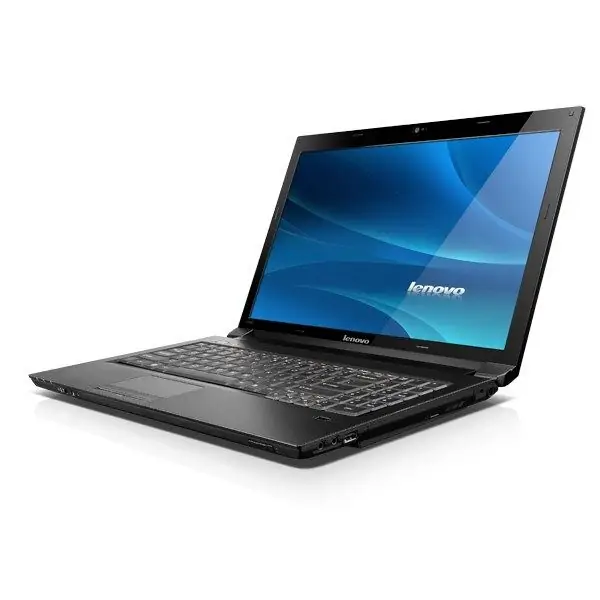Not everyone has enough standard system fonts to work, so the Windows operating system supports loading additional elements. Once installed, they will also be available for use by all applications.

Necessary
access to the Internet
Instructions
Step 1
Connect to the Internet and search for the font you need by its name on the Internet. After the search results are displayed, select the option you like and download the font installation files to a folder on your computer. Be sure to check the downloaded files for viruses, even if you downloaded them from a trusted resource.
Step 2
Open the computer control panel and select the "Fonts" menu item (in Windows 7 you need to switch to the menu icon mode). Copy the font files from the directory where they are located using the right mouse button. Open the font directory and choose the "Insert" action. Wait for copying to finish.
Step 3
When downloaded fonts appear as hieroglyphs in a menu or text editor, download their additional language versions, as some of them are only intended for use in Cyrillic or Latin.
Step 4
To improve the work with fonts, download and install additional specially designed utilities. Also register on the font finder sites for advanced customization options.
Step 5
If you need to install a font based on a sample in an image, use special online services to select them based on a choice of answer options from the proposed ones, for example, https://www.identifont.com/. Also you can go to the resource WhatTheFont ?! (https://new.myfonts.com/WhatTheFont/) to define the font name.
Step 6
In cases where the font installed in the usual order on your system is not displayed in any program, for example, a graphics editor or browser, open the directory of its installation files and copy the fonts from the appropriate section in the Windows Control Panel.






